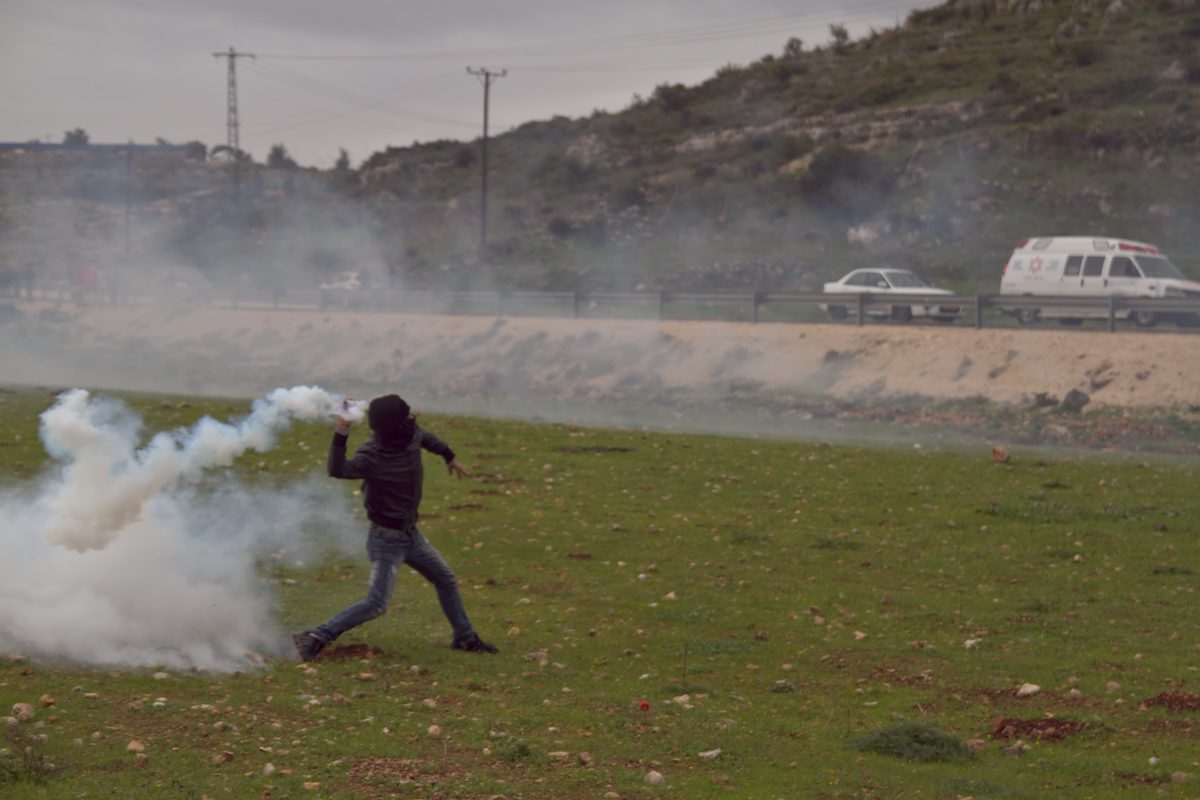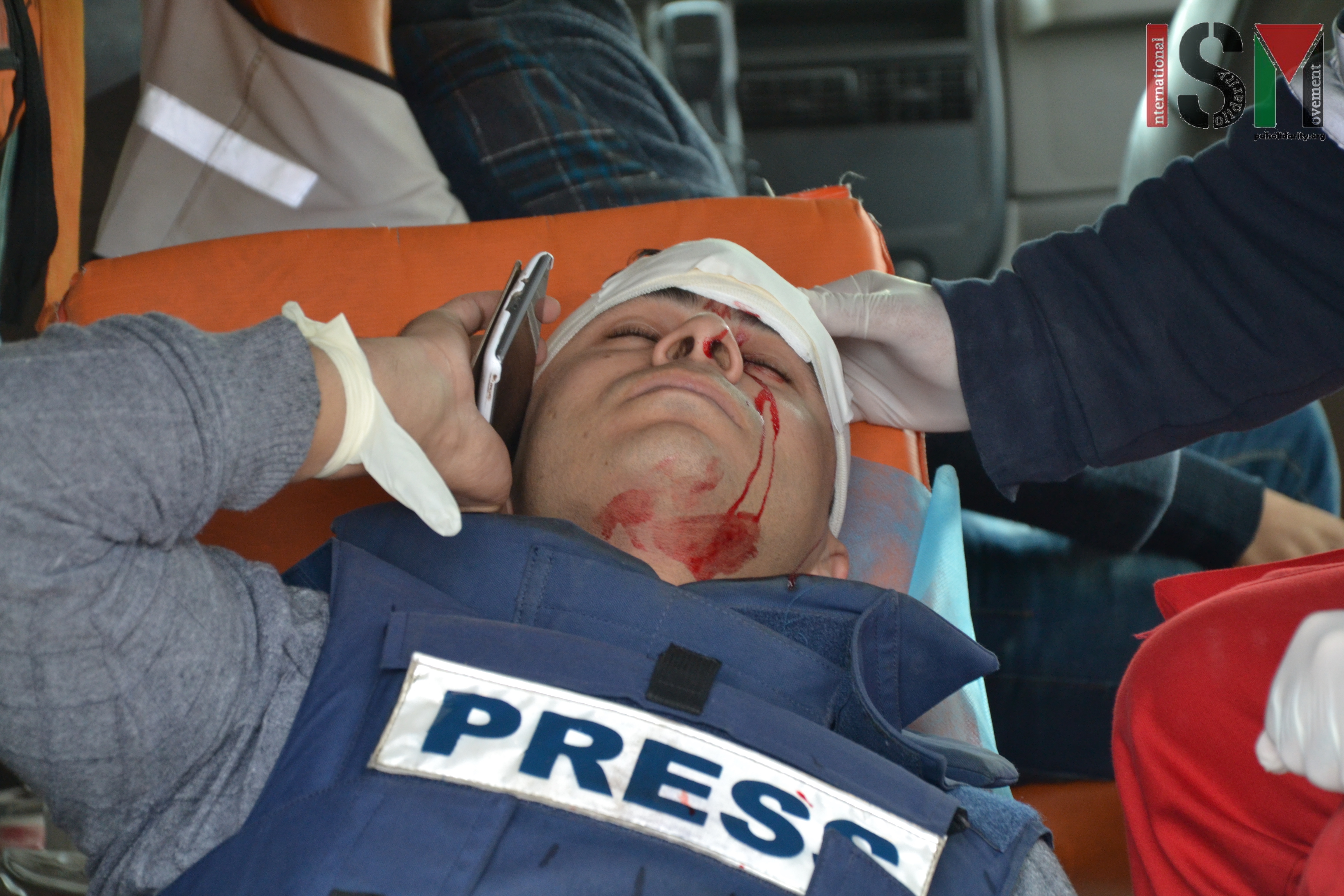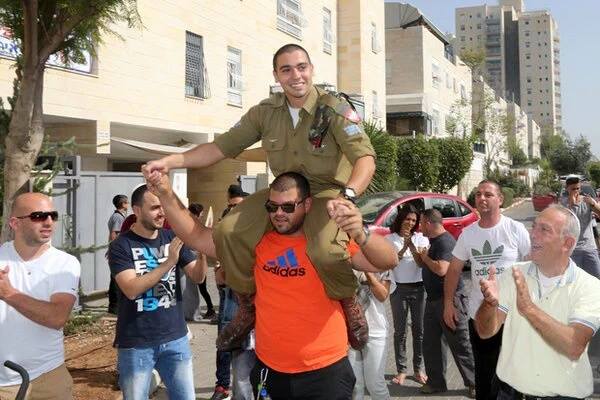Tag: Live Ammunition
-
Demonstration in Nabi Saleh attacked by settlers and Army
3rd March 2017 | International Solidarity Movement, Ramallah team | Nabi Saleh, occupied Palestine Today on the 3rd March 2017 the popular resistance in Nabi Saleh village held a demonstration against the nearby illegal settlement which has stolen large amounts of the village lands, the road closures affecting their village and the occupation of Palestine. The demonstration…
-
Kafr Qaddoum: Israeli forces shoot Palestinian journalist
3th of March, 2017 | Popular Resistance Committee of Kafr Qaddum | Occupied Palestine Today, at the weekly Friday protest in Kafr Qaddoum, a large number of Israeli Forces raided the village and fired large amounts of live ammunition, rubber coated steel bullets, stun grenades and teargas at Palestinian protesters. One journalist, from Palestine TV, was…
-
Elor Azaria verdict: a personal view
22nd February 2017 | International Solidarity Movement, al-Khalil team, | Hebron, occupied Palestine Yesterday the Israeli soldier Elor Azaria was sentenced to 18 months in prison for the extra-judicial killing of Abdel Fattah al-Sharif, which happened last year in Hebron. Everybody in Hebron was waiting for the sentence. Everybody knew by one o’clock what it was.…



